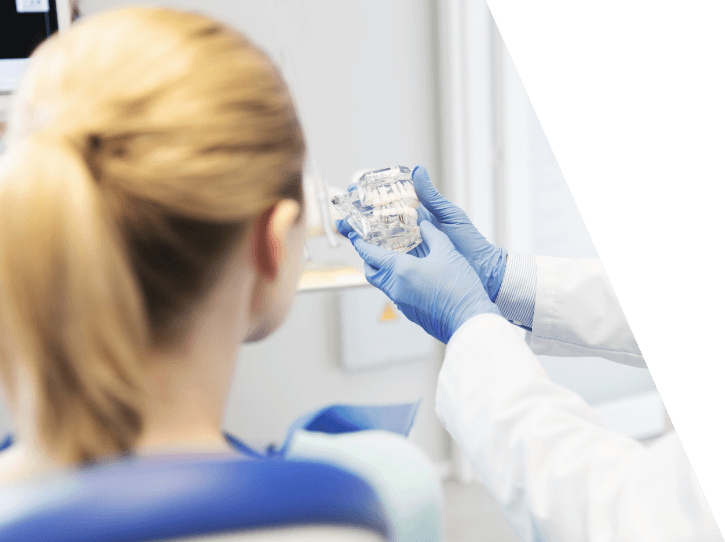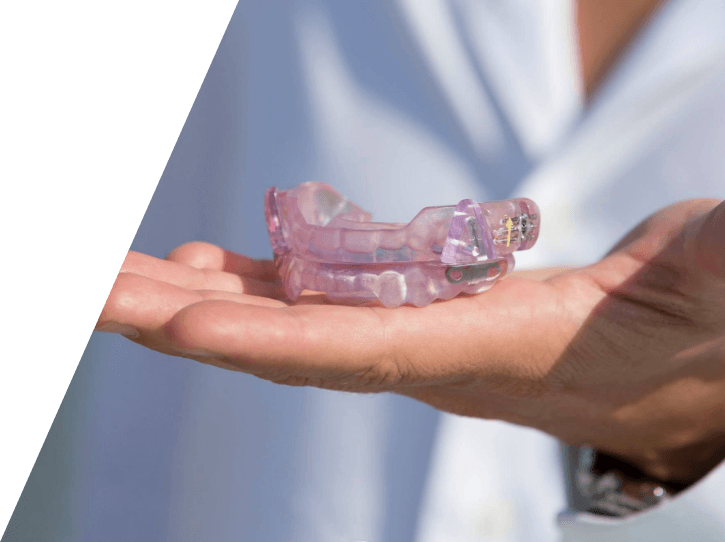TMJ Treatment – Alice, TX
A Solution for Headaches and Jaw Pain
Have you been experiencing constant or recurring pain in your jaw? Do you often wake up with a headache? These are just a couple of the warning signs that you might have a TMJ disorder. While you might convince yourself that you can live with the pain at first, the problem can become outright debilitating if you don’t have it treated quickly. Contact Advanced Dental Care of South Texas today if you’re ready to find relief from your TMJ disorder and embrace a pain-free lifestyle again thanks to TMJ treatment in Alice, TX.
Why Choose Advanced Dental Care of South Texas for TMJ Treatment?
- Fully Customized Occlusal Splints
- State-of-the-Art Dental Facility
- Team That Simply Cares About You
Diagnosis & Treatment

TMJ stands for temporal-mandibular joint: temporal, as in temple area of skull; mandibular, as in mandible, or lower jaw; joint, as in it is where the head and jaw meet. Problems in this joint may be caused by a misalignment of the teeth, trauma, or excess muscle tension. Aside from the two bones that meet there, cartilage buffers them, and five muscles are involved in the area. If something goes wrong a good deal of trouble can result.
Problems in this area can cause:
- Headaches
- Earaches
- Trouble/soreness in opening and closing the mouth
- Clicking or popping of the jaw
- Pain in the jaw muscles
- Soreness in the area, sometimes extending to the face
Dental treatments for the condition can include replacing missing teeth, moving teeth, adjusting the bite, filling gaps between teeth, etc. No one solution is right for all cases. Sometimes a plastic mouthpiece is used to prevent clenching or grinding that is contributing to the problem. If untreated and taken to extremes, surgery may be required to repair a badly damaged joint.
Occlusal Splints

An occlusal splint resembles a mouthguard that you might wear while playing contact sports. It is used to protect the teeth from the grinding and clenching that are often associated with a TMJ disorder. The appliance can also adjust the jaw to help it find a more relaxed position, taking pressure off the jaw joints. Once the jaw adapts to its new orientation, you should see a significant reduction in pain and other TMJ-related symptoms.
